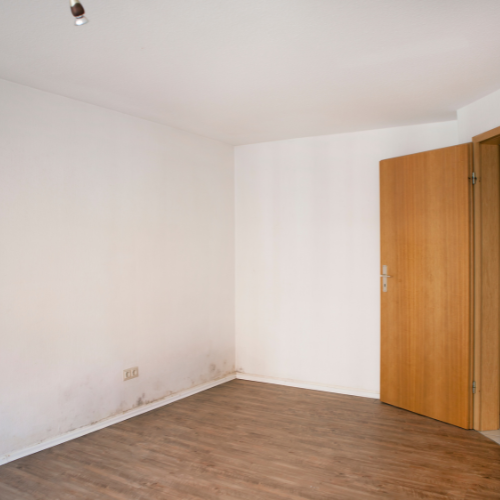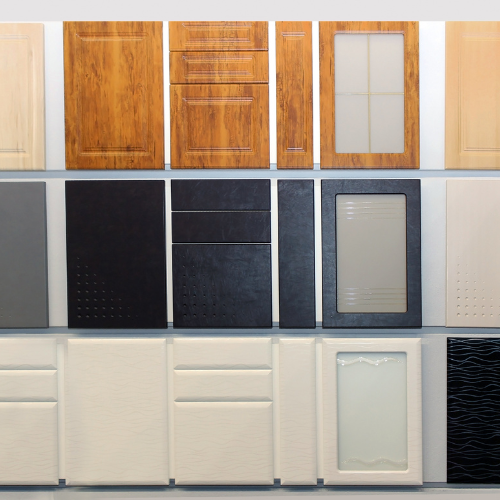#Collaborative post
If you’re one of the many homeowners who are having trouble with damp, you’ll know it can be very frustrating trying to solve it. One of the biggest difficulties comes from trying to find the source. Damp can be caused by a number of issues, including broken drains and guttering, failed render and mortar and leaks in the roof and chimney. So, working out exactly what’s causing your problems can be tricky. However, there are a few telltale clues to help you discover the source of damp around your house.
Broken drains
Broken drains don’t simply cause problems outside the house, they can actually cause damp problems inside too. Water can seep into flooring and walls, leading to rotting timbers and crumbling plaster.
To work out whether a broken drain is the source of your problems, look for obvious signs such as the smell or sewage or rotting food. Inside, you may find that water isn’t draining away properly and outside you may notice water pooling on your lawn or perhaps a section of your patio has sunk. You may also notice the sudden appearance of rats around your property.
If you do suspect a broken drain, then ideally, you should call out a drainage specialist to confirm it and suggest the best course of action. This may involve a CCTV survey and some digging. They may be able to replace the broken section or they may need to lay a completely new line and this can cost around £850. Although this sounds drastic, it’s not something you can leave and to repair broken drain lines shouldn’t take skilled trades more than a few days.

Leaky roofs and guttering
When roofs, chimneys and gutters leak, water can easily seep into the walls and ceilings of your home. This is one of the prime causes of damp and mould.
Often when water is coming down the chimney or from the guttering, you’ll find damp or wet patches on the inside of the external walls or on the chimney breast. When holes have appeared in the roof, you can sometimes see tiny shafts of daylight in your loft space. Or you might be able to spot damp timbers or ceilings up there. You may even see the water dripping down. If the water reaches your lower ceilings, you’ll probably see yellowy-brown patches appearing and the ceiling may start to sag.
You might be able to spot the problem from outside too. There could be tiles that look out of place or lead flashing missing from your gullies or chimney. These are common areas for rain to get through.
Of course, the roof itself might not be the problem. It’s easy to spot a blocked gutter by looking for weeds growing out of the top or by taking a look at them when it rains. If water is running off the sides or splashing into your walls, then they could be causing your damp.
If you think it’s your roof or chimney to blame for the damp, then you’re best contacting a reputable roofing company to take a look for you, rather than trying to climb on the roof yourself. A loose tile costs around £200 to fix, while replacing lead flashing typically costs from £350. Chimney work does vary in price but you can expect to pay from around £500 to repoint it and about £200 to fit a cowl.
Cracks in mortar and render
The external walls of your home are designed to be weatherproof but they do need maintenance to stay that way. Over time, mortar can crumble away and cracks can appear in render, allowing rain to find its way through the walls.
The easiest way to spot mortar issues is to simply look for signs of weathering. You may notice parts of the wall where the brick faces have started to crumble away or spot gaps between the bricks. To speed up your investigation, start by looking on the opposite side of the wall to where your damp patch is.
Problems with rendering can sometimes be harder to identify. But you can still check for obvious issues such as cracking, bulges and heavy discolouration. These are often signs that your render needs replacing and could be the cause of water getting into your home. Render should always be done professionally by a specialist company or by a skilled local plasterer or builder. Repairing render costs around £20 per m², and replacing it costs from £40 per m².
Condensation
If your roof and walls are in good condition, you may still be perplexed as to what’s causing the damp inside your home. But there is one other big cause of damp that you may have overlooked, and that’s condensation.
Condensation occurs when there’s a lot of moisture trapped inside the home. It clings to pretty much any cold surface, so you may see it on windows and mirrors or feel it on the walls. And this is the biggest clue to knowing whether condensation is the cause of your damp problems. If you have ruled out other issues, you could try setting up a dehumidifier to see if that helps.
All of these issues could be quite costly, which is one big downside to owning your own home. If you are like us and money feels like it is a bit of a stretch at the moment, I would highly recommend making yourself an emergency pot, and if possible, consider using savings bonds to do so. This will help you build up a pot over time that would be perfect should you come across some expensive issues as above!


